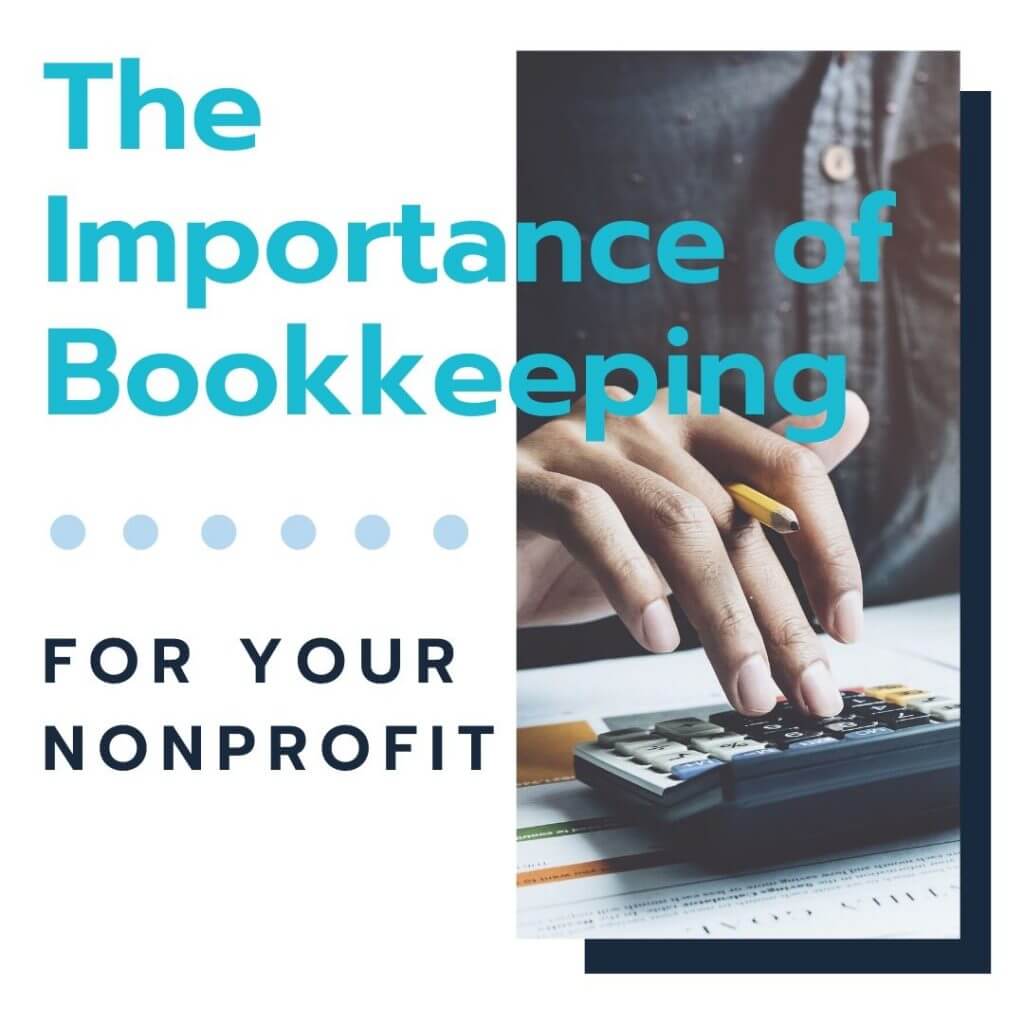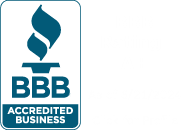Bookkeeping is just as important for nonprofits as it is for commercial companies. Nonprofit organizations are required to submit their completed annual reports to the Division of Charities or Office of the Secretary of State. The accounts must include complete records of earnings from operations, as well as donations received from individuals and other organizations.
Many people who switch to a nonprofit wrongly assume that since the organization is not going to generate any profits or pay dividends, they don’t have the same level of tax filing requirements. Others struggle with the differences in accounting systems.
Nonprofits do not generate revenue through sales, and there is no turnover for goods or inventory. Their cash inflows mostly come through fundraising and grants. The organization also receives benefits in kind, like free services from supporters and volunteer work. All of these receipts of goods or services must still be accounted for properly to give a true picture of the organization’s operations and financial position.
Here are some key considerations that should be accounted for by nonprofit organizations.
Capital Structure
Every organization, including nonprofits, has a capital structure. It is the backbone of the organization’s accounts. Capital consists of the money invested by owners and liabilities provided by creditors to invest in assets used by the organization. Nonprofits must create an account of the money and resources invested in the business, assets that they hold, and liabilities that need to be repaid to creditors.
Single or Double Entry Bookkeeping
After your nonprofit incorporation, you will need to decide on the bookkeeping system. Single entry bookkeeping is quite simple to use. A single entry is recorded for a transaction. Inflows are positive, and outflows are recorded as negatives. Single entry bookkeeping is more suitable for one-man nonprofits or very small organizations.
Most nonprofits use double-entry bookkeeping, similar to profit-generating businesses and corporations. It gives a greater level of accuracy and allows you to record inflows against outflows at the same time.
Organizations that grow beyond a certain point prefer to go with double-entry bookkeeping because it allows them better control over their resources and improves planning.
Budget
Budgets are prepared in advance and an important tool for financial planning. They give a forecast of all the resources that will be available to the organization and how these resources will be used.
Budgets help the management make decisions about which activities to pursue and which ones to postpone for later. The budget for working capital determines how funds will be allocated for a given period of time.
Similar to profit-seeking organizations, nonprofits should prepare budgets based on past performance. For example, suppose that the nonprofit raised $50,000 in the last quarter and spent $47,000 to pursue its goals. For the next quarter, the budget can be set to raise a target funding of $55,000, and $52,000 could be apportioned to expenses.
Revenue or Inflows
Accounting for revenue or inflow streams is an important and unique element of dealing with nonprofit organizations. Revenue is easier to calculate in for-profit businesses where it is generated in exchange for delivered goods or services.
Since nonprofits deliver goods or services to the needy, without charging anything in return (in most cases), we cannot record revenue at the time of delivery of service.
Revenue is recorded when the organization receives contributions from donors, members, or other business organizations. For example, suppose you are running a nonprofit that aims to improve the environment. You receive donations of $300 from members. You can record that as revenue, even though you haven’t sold anything nor provided a service to anyone.
Recording Contributions In-Kind
In addition to cash donations, nonprofits often receive goods and services from supporters that are not exactly cash. For example, the donors may purchase an item on behalf of the organization and pay the money to a third party. The item is deposited with the nonprofit organization. Many food banks and feed-the-hungry organizations run on this model.
It is important that these non-cash or in-kind contributions are accounted for at the retail value of the items received. It is the price that the firm would have paid if the purchases had been made by the organization. If it isn’t possible to determine the item’s price, it must be recorded at a reasonable value, which is close to the market value of the item.
Suppose a volunteer agrees to work 8 hours at some future time to clean the neighborhood for your environmental nonprofit. You can record that as income equal to the fair value cost of hiring someone to clean the neighborhood for you.
Open a Separate Bank Account
Newly incorporated nonprofits must use a separate bank account that is in their name instead of using an account in the name of the organization’s founder. They must ensure that all transactions of the organization are processed through this dedicated bank account.
Financial Statements for Nonprofit Organizations
There are four main types of financial documents that can be prepared for nonprofit organizations. These are:
- Statement of Financial Position (Similar to Balance Sheet)
- Statement of Fund Raising Activities
- Statement of Functional Expenses
- Statement of Cash Flows
The fundraising activities list all the funds raised and expenses incurred for the specific purpose of raising finance and working capital for the organization. The statement of functional expenses details a record of expenses and in-kind resources utilized for meeting the main objectives of the organization.
The statement of cash flows is an important document that specifically accounts for the cash received and spent by the organization.
Summary
Nonprofit organizations need to maintain a complete and detailed record of their operational activities. The record must account for all receipts, including grants, funding, and in-kind benefits received through donations as well as all resources and funds utilized for carrying out the activities of the organization. Although organizations registered for charity are exempt from taxes, they are required to submit annual reports of financial position and activities to the concerned authorities to remain compliant.
If bookkeeping is something you are interested in securing for your nonprofit, please contact BryteBridge Nonprofit Solutions. Our nonprofit specialists are ready to help. 877-857-9002 or info@brytebridge.com



